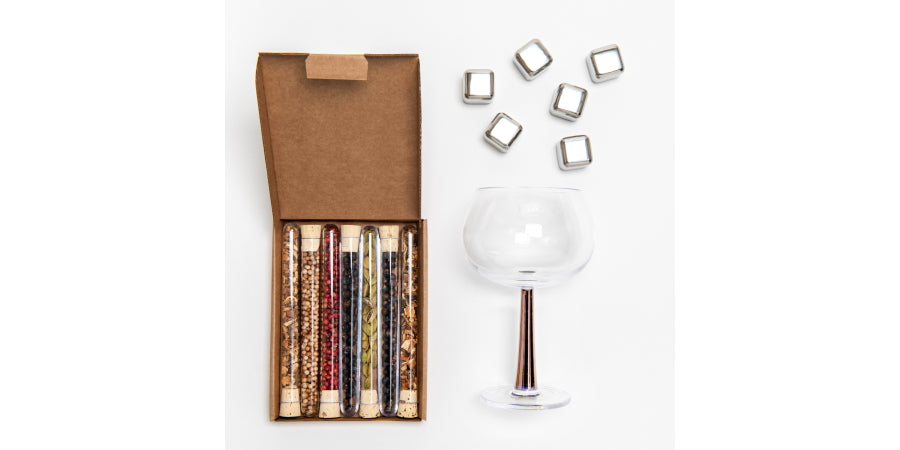Gin has had a comeback over the past few years; a gin-aissance, if you will (please laugh it took me ages to think of that), and I can tell you that I am 100% here for it.
Personally, I’m not too into boozy drinks. If there’s nothing on offer that I fancy, I’d sooner go for a nicely flavoured non-alcoholic tipple. But holy moly do I love the taste of gin. No matter how it’s served, it’s always delicious. Whether I’m keeping it simple with a mixer of tonic and a slice of lemon, or I’m going for the full Whitley Neill Rhubarb flavoured gin with Ginger Beer in a balloon glass, it just doesn’t get any better. And there are so many ways you can serve it! Seriously, there’s a whole industry dedicated to gin alone, and I love every single thing about it!
Having said all that, there’s a torrid past to gin being the boujee drink it is at the moment, and not all of it nice. Here are a few quite interesting facts about the History of Gin. Strap in.
Gin was originally used as a medicine (and still is, according to my grandma)
Yep, gin started out as a medicine for chest ailments if you can believe it! Waaaaay back in 70AD, before it was called gin, juniper berries in wine was prescribed for people with any sort of chest problem. Do we think it worked?
There is a reason it’s called Gin
Apparently in the 16th Century, the Dutch came up with a drink called ‘genever’. Genever is a malt wine which apparently is gross, so they loaded it with juniper berries. When it arrived in Britain, it was shortened to ‘gen’, and then became ‘gin’. Why was the original drink called genever? I don’t know, this article isn’t about that so please don’t ask me.
The Secret Ingredient
There are all sorts of different flavoured gins, with botanicals being a tasty addition to your glass. There always has to be one ingredient present in gin in order to make it gin though, and that is juniper berries.
Gin wasn’t always an upmarket drink
Known as Mother’s Ruin in some parts, back in the late 1600s the making of gin went crazy in Britain. Due to William III’s war dealings with France and the establishment of the Corn Laws, it became super cheap and easy to make gin, and for the first time it was cheaper to buy a pint of gin than a pint of beer! This meant that the poorer end of society were literally drinking pints of gin at a time (not a good idea). It was heavily vilified as a drink that would make you go insane, and it became known as Mother’s Ruin (please don’t ask me why it wasn’t called Father’s Ruin, else I won’t shut up about it).
Gin: the Sequel
After nearly two hundred years trying to get it banned or taxed out of the alehouses, a man named Coffey managed to create a new way of getting purer and safer liquors, which meant gin didn’t need to have the bad wrap anymore (prior to this people were mixing horrible stuff into it to try and cut it: turpentine, sawdust, the works).
Maybe it was a medicine after all?
Not for chest ailments as such, but gin became very popular with sailors, who were drinking the stuff to avoid the danger of malaria while abroad, as the ingredient quinine is know to fight the disease. This is where we get the famous pairing of Tonic Water, to make it more palatable for the sailors.
If you know a Gin Lover then we have the perfect gifts. Our Fun Be Gins gift set has the glass, the botanicals and the No Ice cubes, beautiful to look at and won't dilute your tipple. Or the smaller gift, the Gin Trio which includes the same beautiful hand made glass but paired with a trio of single serve gins - just perfect.
